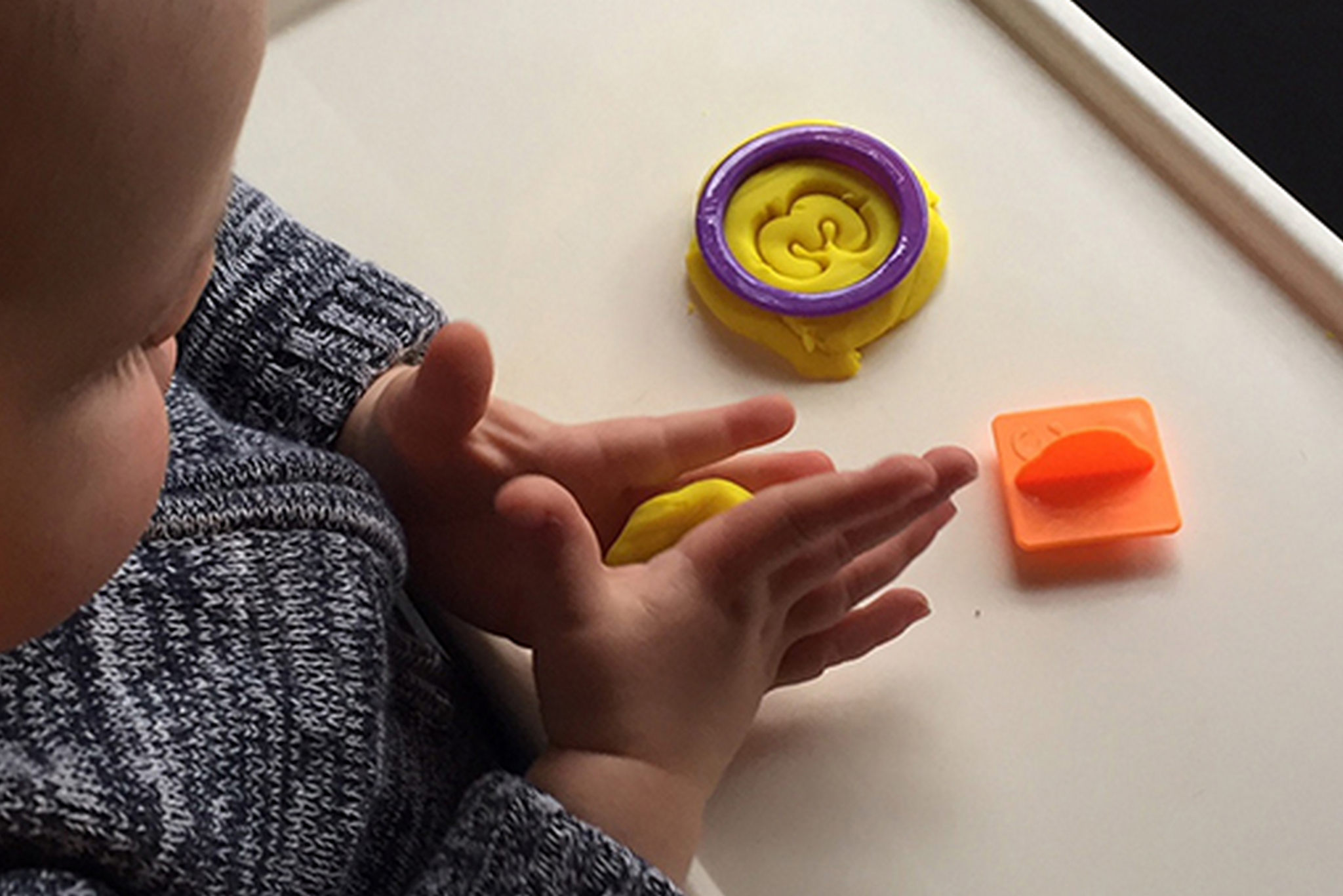
Why is it important to develop fine motor skills?
“Fine motor skills are those that involve a refined use of the small muscles which control the hand, fingers and thumb. With the development of these skills, a child is able to complete important tasks such as writing, feeding oneself, buttoning and zippering. These abilities gradually develop through experience and exposure to a variety of toys, materials and even foods.”
– Patty Bunce, Occupational Therapist
Basically the main reason why it is so important to develop fine motor skills from infancy, is for their little hands to develop dexterity and strength. Fine motor skills are used for everyday tasks such as buttoning up a shirt, opening a lunchbox, tying shoelaces, using cutlery, etc. It is also used for academic purposes such as colouring, drawing, writing, cutting and pasting. Without the ability to perform everyday tasks such as the ones mentioned, your child will have no self-esteem and might not be able to perform academically as they should. They might also have a problem to grow independent and do thing y themselves such as eating by themselves or even getting dresses on their own. Fine motor skills are for life skills and that is why it is so important to develop these skills from as early as infancy.
How can I help develop fine motor skills?
- Tummy Time – Your baby needs time to push up, shift from side to side and eventually swipe at objects in front of her, both on her tummy and when on her back.
- Finger Feeding – Let your little one finger feed as much as possible. Picking up food with her fingers will help her develop a pincer grasp (thumb and first finger together), which is a necessary precursor to holding a crayon.
- Play with Small Items – Toddlers should be encouraged to stack blocks, string beads, use one piece puzzles and play with pop beads. Children should not be left alone when playing with beads as they may be a choking hazard.
- Play with Play Dough – One of the very best ways to build hand strength is to play with play dough, play foam or a similar non-toxic and malleable substance. Think resistance!
- Finger Painting – Be sure to encourage finger painting, either with paint, pudding or shaving cream.
- Puzzles – Simple puzzles can help children learn about manipulating objects through turning, placing and flipping pieces.
- Two-Handed Tasks – Any activity that encourages your child to coordinate both hands together is a great tool for development. An example is rolling a ball of play dough into a long “snake” and then cutting it with a plastic knife.
- Buttoning and Tying – Practice buttoning and unbuttoning, zippering, hooking fasteners or tying helps to build strength and dexterity. Large child-appropriate practice boards that help facilitate these activities are available in most toy stores.
- Practice with Clothes Pins – Have your child hang pictures, coloring pages or clothes on a clothesline with spring loaded clothes pins. This activity builds pincer strength.
- Coloring – When your child shows interest in coloring, which is usually around 2 1/2-3 years of age, be sure to provide small crayons that fit her little hands.
Try to find everyday tasks for your child to practice these types of skills. Ask them to help you open a lid or help you to hang up some clothing items on the washing line. Look out for ways in which they can use their hands or fingers to complete tasks. Being able to see these opportunities and turning them into learning experiences (without your kids even realizing) is really the best you can do for them. Let them help you button up your shirt for you in the morning or zip up your jacket for you – all these small thing you might take for granted as an adult are the things you need to be teaching your children.



